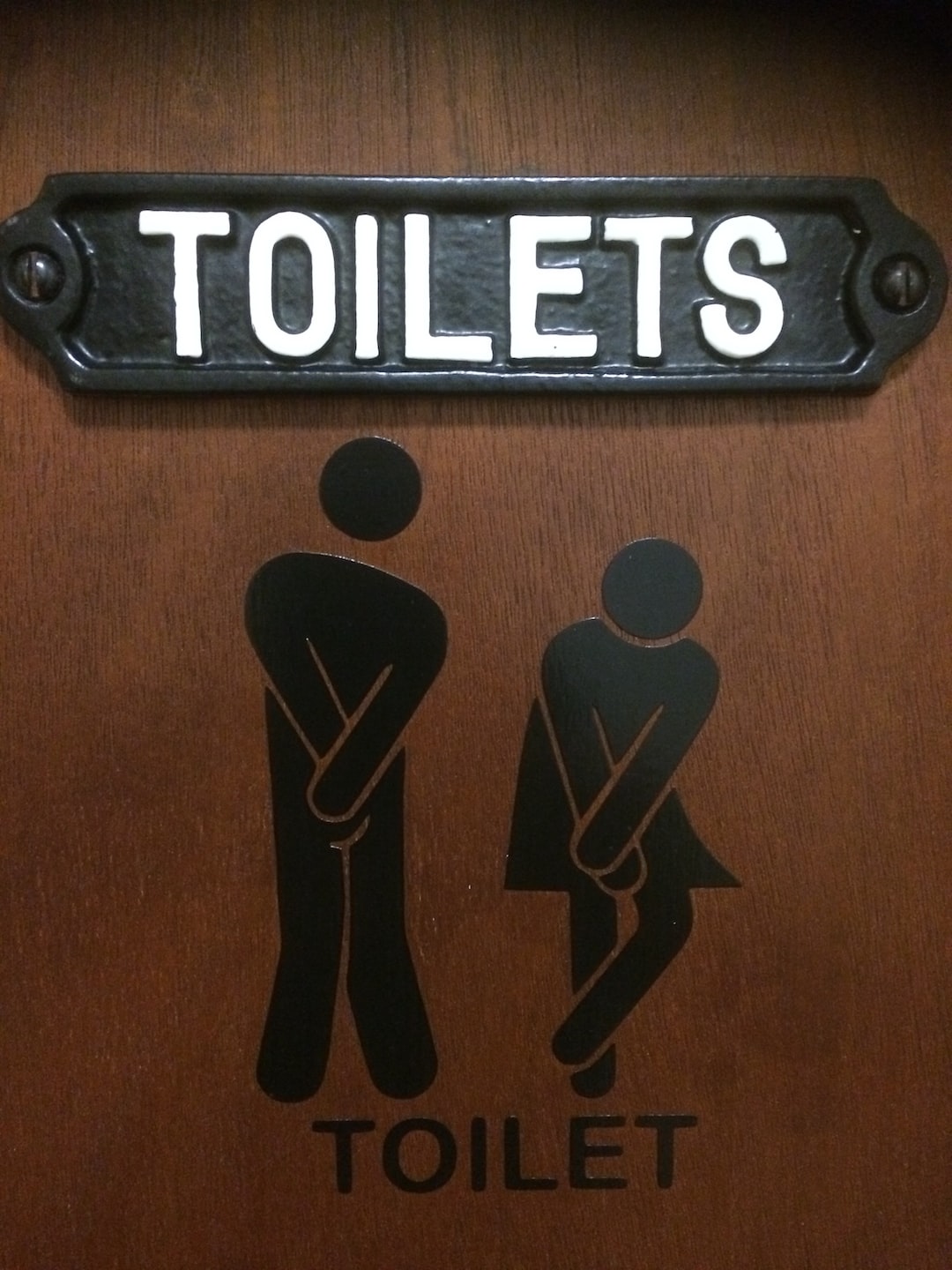Forex or foreign exchange is the largest decentralized financial market in the world. With a daily turnover of over $5 trillion, it offers traders an opportunity to profit from fluctuations in currency prices. However, like any other financial market, forex is not immune to corrections. In this article, we will discuss what correction is in forex, its causes, and how traders can navigate it.
What is Correction in Forex?
Correction in forex refers to a temporary reversal in the price of a currency pair after a sustained trend. It is a natural part of the market cycle and occurs when there is an imbalance between the supply and demand of a currency. Corrections can be bullish or bearish, depending on the direction of the trend.
For example, if the EUR/USD pair is in an uptrend, a correction can be seen as a temporary sell-off in the price of the Euro against the US dollar. This can happen due to a variety of reasons, such as profit-taking by traders, a change in market sentiment, or a fundamental event that affects the value of the Euro.
On the other hand, if the EUR/USD pair is in a downtrend, a correction can be seen as a temporary rally in the price of the Euro against the US dollar. This can happen due to short-covering by traders, a change in market sentiment, or a fundamental event that affects the value of the US dollar.
Causes of Correction in Forex
Corrections in forex can be caused by a variety of factors, including technical and fundamental factors. Technical factors include market sentiment, price patterns, and indicators, while fundamental factors include economic data, geopolitical events, and central bank policies.
Market Sentiment: Market sentiment refers to the overall attitude of traders towards a currency pair. If traders are optimistic about the future prospects of a currency, they will buy it, which will drive up its price. On the other hand, if traders are pessimistic about the future prospects of a currency, they will sell it, which will drive down its price. A change in market sentiment can trigger a correction in the price of a currency pair.
Price Patterns and Indicators: Price patterns and indicators are used by traders to identify trends and potential reversals in the market. For example, if a currency pair is in an uptrend and reaches a resistance level, traders may sell it, which will trigger a correction in the price. Similarly, if a currency pair is in a downtrend and reaches a support level, traders may buy it, which will trigger a correction in the price.
Economic Data: Economic data such as GDP, inflation, and employment can have a significant impact on the value of a currency. If economic data is better than expected, it can lead to a rally in the currency, while if it is worse than expected, it can lead to a sell-off. A change in economic data can trigger a correction in the price of a currency pair.
Geopolitical Events: Geopolitical events such as wars, elections, and natural disasters can have a significant impact on the value of a currency. If a country experiences political instability or a natural disaster, it can lead to a sell-off in its currency. Similarly, if a country experiences political stability or a positive event, it can lead to a rally in its currency. A change in geopolitical events can trigger a correction in the price of a currency pair.
Central Bank Policies: Central banks have a significant impact on the value of a currency through their monetary policies. If a central bank raises interest rates, it can lead to a rally in the currency, while if it lowers interest rates, it can lead to a sell-off. Similarly, if a central bank signals a change in its monetary policy, it can trigger a correction in the price of a currency pair.
Navigating Correction in Forex
Navigating correction in forex can be challenging, but there are several strategies that traders can use to manage it.
1. Use Stop-Loss Orders: A stop-loss order is an order placed with a broker to sell a currency pair when it reaches a certain price. This can help traders limit their losses in case of a correction.
2. Use Technical Analysis: Technical analysis can help traders identify potential support and resistance levels, which can be used to enter and exit trades. This can help traders navigate corrections in the market.
3. Monitor Economic Data: Economic data can have a significant impact on the value of a currency. Traders should stay updated on economic data releases and adjust their trading strategy accordingly.
4. Use Risk Management Strategies: Risk management strategies such as position sizing and diversification can help traders manage their risk in case of a correction.
Conclusion
Correction is a natural part of the forex market cycle and can be caused by a variety of factors. Traders should be aware of the causes of correction and use strategies such as stop-loss orders, technical analysis, and risk management to navigate it. By doing so, traders can minimize their losses and maximize their profits in the forex market.






